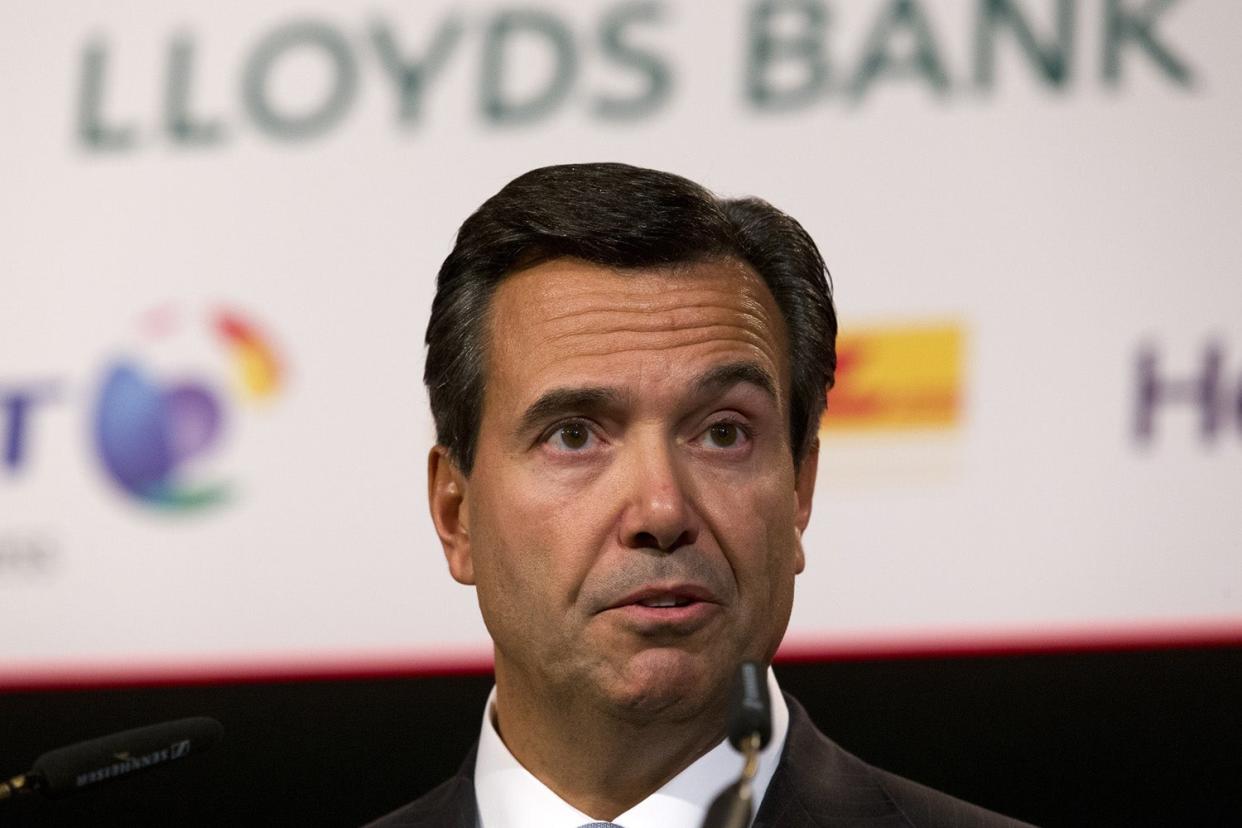Lloyds bank smashes City forecasts with big return to profit as mortgage lending surges and bad loans provision falls

High Street banking giant Lloyds today smashed City profit forecasts despite the worsening Covid-19 pandemic as a surge in mortgage lending and reduced losses on bad loans boosted its earning power, adding to hopes it will join other banks in paying dividends again soon.
Mortgage lending at the Halifax owner - by far the biggest in the sector - surged by £3.5 billion in the quarter as it received the highest number of mortgage applications since 2008. The bank, which has a 22% market share on mortgages, benefited from the pent up demand after lockdowns ended plus the stamp duty holiday which has stoked up the property market.
Meanwhile, the loan defaults that had been expected from the economic crisis did not materialise as badly as feared, meaning it had not needed to set aside so much money in its account to cover them.
Having said in July that these "impairments" could hit £4.5 billion to £5.5 billion for the full year, today in its results for the third quarter of the year it said it would be at the lower end of that range.
The figures will fuel hopes among investors that banks like Lloyds will return to paying dividends again soon.
The Prudential Regulation Authority slapped a ban on such payments at the start of the pandemic, saying banks should be cautious in case they suffered heavy losses.
Chief executive Antonio Horta-Osorio has said the board will not decide on dividends until the end of the year, but today Lloyds gave a hint that it was confident the bank had the financial muscle as it boasted of its strong balance sheet despite agreeing 1.2 million payment holidays for customers needing breathing space on their loans.
Pre-tax profit for the quarter was £1 billion compared to City forecasts of £588 million and total costs of £5.8 billion over the three quarters of the year so far were down 4% despite providing the IT and support for thousands of staff to work from home.
The impairment charge for the quarter was £301 million, far lower than the £700 million forecast.
Whlie lending was high on mortgages and to businesses, customers are still saving rather than spending due to the crisis, Lloyds' figures suggested. Deposits are up £35 billion so far this year, meaning the ratio between the bank's loans and deposits now stands at 98%.
Horta-Osorio is leaving next year after a decade in charge.
Analysts at Jefferies described the numbers as "very strong" and said Lloyds' net interest income - the difference between what it earned from interest from lending and the interest it paid to depositors - included "the first positive surprise in recent memory".
Read more
The 25 best shares and funds to invest in the new Covid-19 lockdown
Six shares and funds to buy to profit from the online shopping boom
The best 20 shares and funds to buy in a recession
Who will replace António Horta-Osório as Lloyd's CEO? Our predictions
Comment: Let's hope Lloyds is wrong about the economy
Lloyds books £2.4 billion impairment charge for the second quarter


